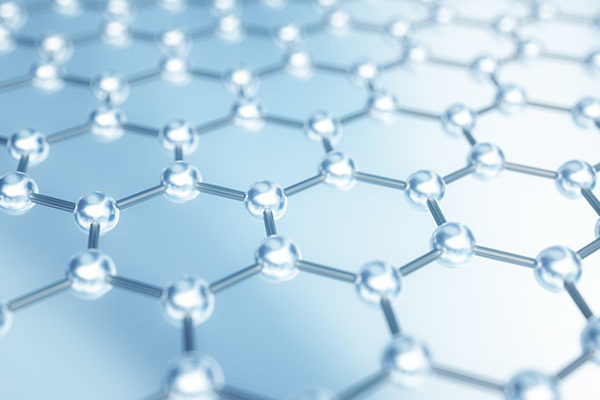Proposed use
These nanofiller/polymer composites films with enhanced thermal conductivity can be used in thermal management, energy storage and electronic packaging.
Problem addressed
There is an increased demand for miniaturized high-power, high frequency electrical devices like capacitors, especially in the field of transport electrification. However, these systems release aggregated heat which leads to increased temperatures, impacting negatively the efficiency and lifetime of the equipment, as well as limiting the operating temperature.
Polymer dielectrics are a potential solution as they have good electrical insulation, high breakdown strength, high toughness and low density, and low cost but they suffer from low thermal conductivity with poor heat dissipation. The strategies reported so far to improve thermal conductivity still present drawbacks as they affect the mechanical strength, dielectric properties, the flexibility and/or quality of the polymer films, reducing the applicability.
Therefore, there is a need for materials that are electrically insulating, and with high thermal conductivity, while still having good electrical insulation properties, high breakdown strength and low dielectric losses.
This technology comprises a method based on the solid-state drawing of polymer films containing functionalised nanodiamonds (NDs) fillers, with improved thermal conductivity and low dielectric loss.
Technology overview
A novel method has been developed to draw ultra-high molecular weight polyethylene (UHMWPE) films doped with small amounts of NDs functionalized with dodecane. By controlling the nanofiller content and solid-state draw ratio, it is possible to increase the thermal conductivity with minimal dielectric loss, providing a high breakdown strength. The improved properties are due to a robust interface created by the surface functionalization of the NDs, and the control of defect and polymer orientation.
It has been demonstrated for a NDs/UHMWPE nanocomposites film at 2 wt% NDs and draw ratio of 60, thermal conductivities of 60 W·m-1·K-1 can be achieved in the drawing direction, with minimal dielectric loss.
Benefits
- High Thermal Conductivity
- High Electrical Insulation
- High Breakdown Strength
- Low Dielectric Losses
- Compatible for continuous large-scale production
Intellectual property information
Drawn Article, International patent publication number WO2023/161654A1.





